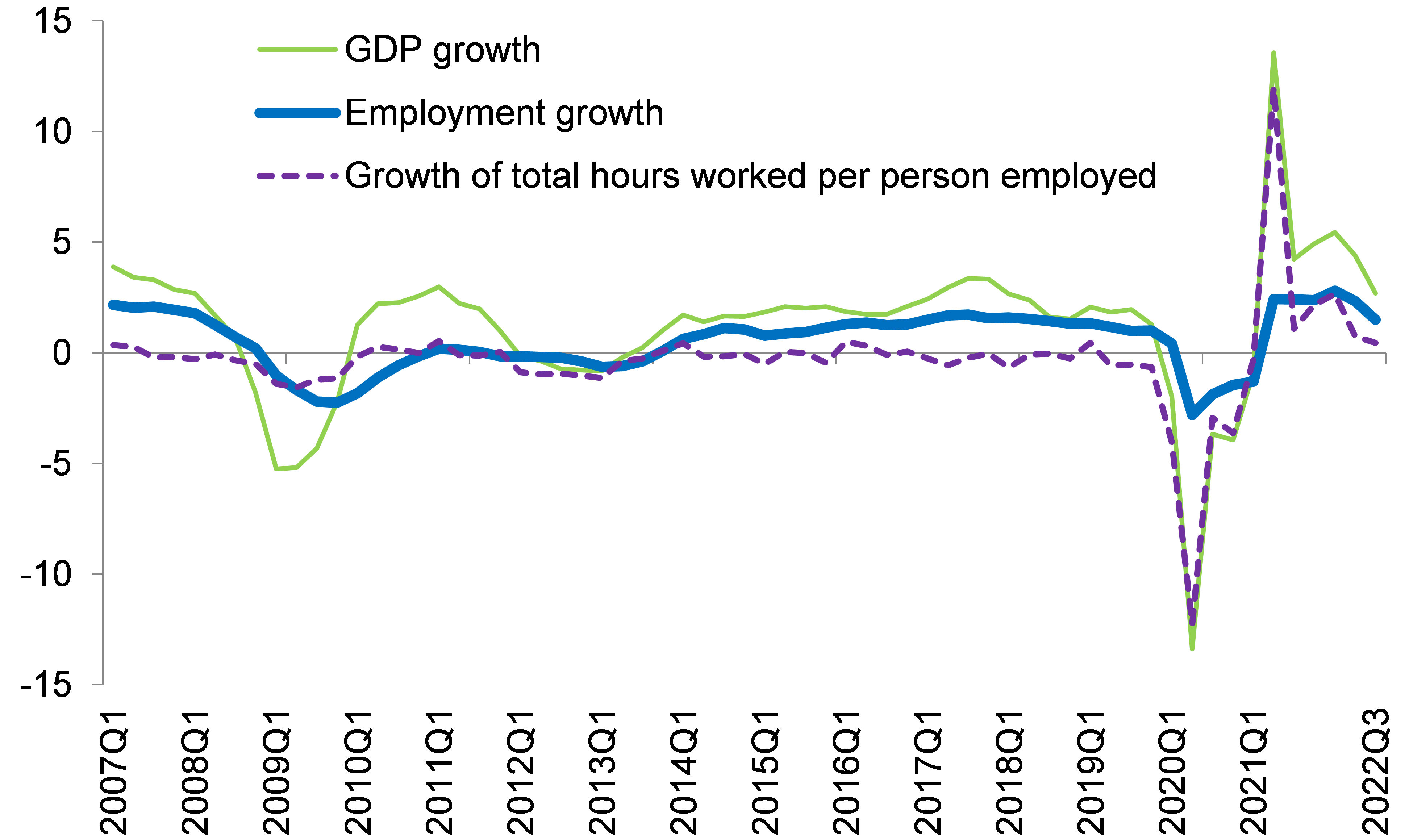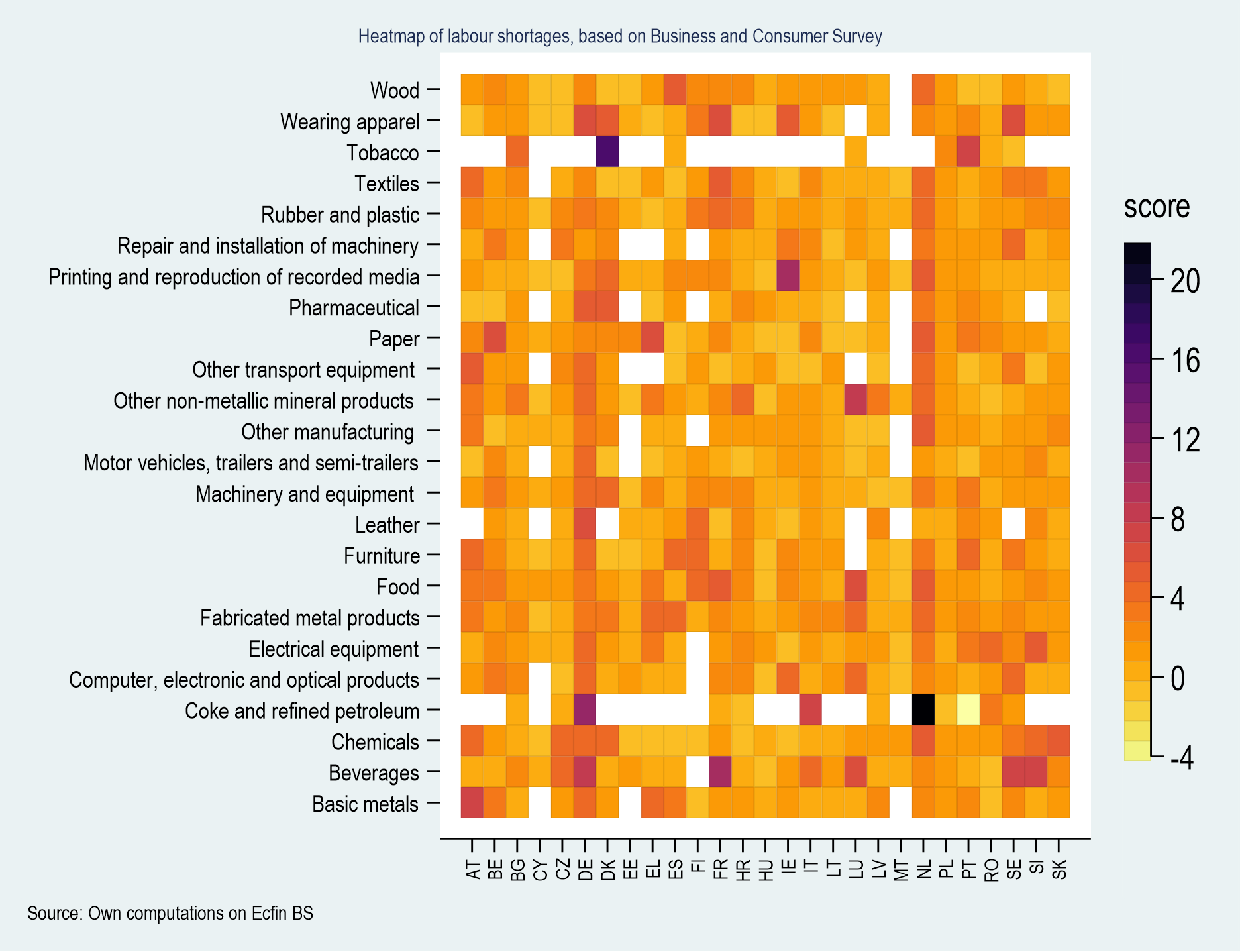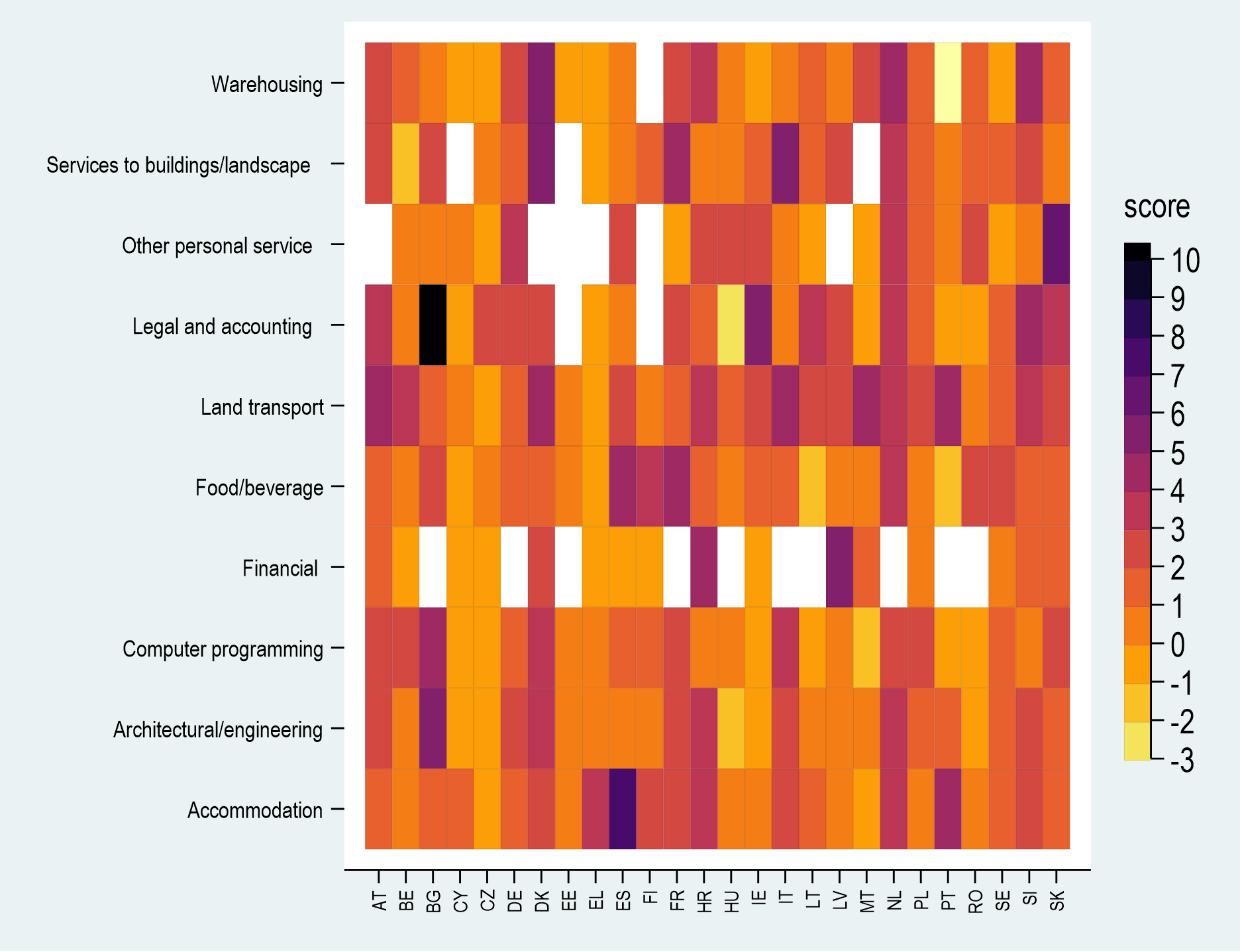Labour market and wages: report shows impact of Russia’s invasion of Ukraine and energy crisis
The European Commission has released the report “Labour Market and Wage Developments in Europe 2022” which highlights how the labour market is responding to the energy crisis and the consequences of the Russian invasion of Ukraine
This year's edition shows that the EU labour market has been so far resilient to Russia’s war of aggression against Ukraine and the COVID-19 recession. This good performance is the result of the strong recovery following the full reopening of activities after the vaccination rollout. Job creation brought unemployment to an all-time low level and led to a sharp rise in job vacancies. However, uncertainty and risks remain high.
Key points
The report finds that Russia’s invasion of Ukraine has not had noticeable negative effects on the EU labour market so far. In the second quarter of 2022, the number of employed persons increased as a result of the strong post-pandemic recovery following the full reopening of economic activities after the vaccination rollout.
In the third quarter of 2022, the effect of reopening faded away and the impact of higher energy prices started to be felt on the labour market, with employment growth declining on a yearly basis but remaining relatively resilient on a quarter-on-quarter basis.
Rising energy prices have started to trigger a decline in production primarily affecting energy-intensive manufacturing sectors such as food, metals, paper and fertilisers, which account for 5% of total EU employment.
This also affects industries that rely on inputs from these more energy-intensive industries, such as motor vehicles or hospitality. Labour demand is likely to decline first in these sectors. The effect on services might be delayed, but may involve a large number of workers.
Graph 1: Employment, GDP and hours worked (yearly growth rate)

Source: Eurostat, National accounts
Member States have taken various measures to address the immediate consequences of higher energy prices, but a more targeted policy response is needed to support particularly affected workers and businesses and to preserve incentives to save energy. Short-time work schemes could play an important role, in order to preserve employment and accompany potential restructuring processes.
In the first three quarters of 2022, wages increased below inflation, leading to purchasing power losses especially for low wage earners. Looking ahead, there is some room to increase low wages without triggering inflationary pressures. In some services sectors, where low wage earners are relatively more represented, firms may have more room for increasing wages than in manufacturing sectors more exposed to cost pressures.
Future wage developments will need to strike a balance between mitigating losses in workers’ purchasing power and preserving employment. Minimum wages and collective bargaining have an important role to play in this respect. In addition, temporary budgetary support targeted to low wage earners can help alleviate the loss of purchasing power.
Graph 2: Real wages per employee, deflator GDP (annual % change; 2020, 2021 and Q2 2022)

Real gross wages and salaries per employee, deflator private consumption (for annual data). For Q2 2022, deflator is HICP
Source: European Commission, AMECO database and own computations based on Eurostat data
The report finds that by the end of 2021, labour shortages reached or exceeded pre-pandemic levels in several EU countries. In 2022, shortages in the European economy kept rising, especially in services, with some signs of lessening in manufacturing. While this increase has been mainly driven by the economic business cycle, shortages also have some structural drivers, most importantly, ageing.
Policies focused on increasing labour force participation and mobility, on equipping people with the job skills needed for a fair and green transition as well as on improving working conditions, which are needed to address the structural drivers of labour and skill shortages. This can ensure that in the medium to long run these shortages do not constrain Europe’s economic potential and the twin transition.
Heatmap of labour shortages in industry, 2022Q4

Heatmap of labour shortages in services, top 10 subsectors, 2022Q4
